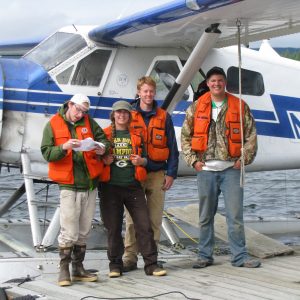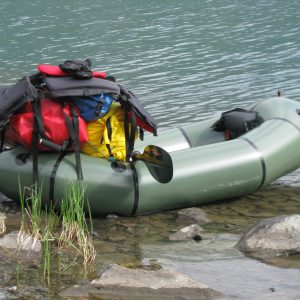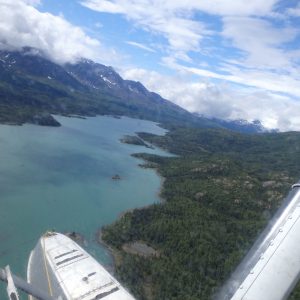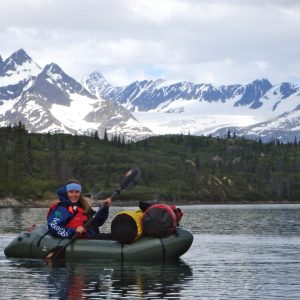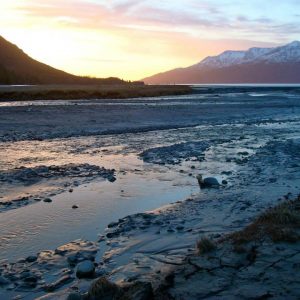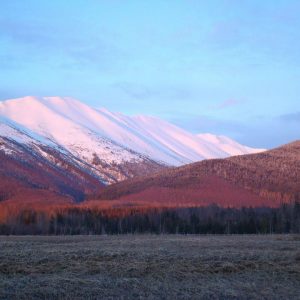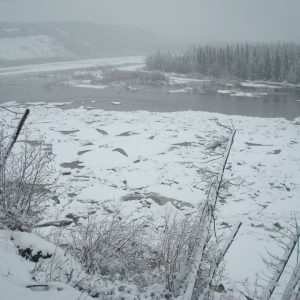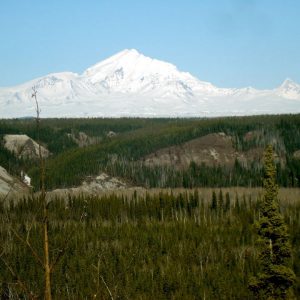What a rewarding experience I have had with the National Park Service in Alaska for the past 5 months. I must say that it did not come without personal challenge. My mentor, the Ecologist for the Park always kept a long to do list for us, and with the short growing season in Alaska there is always plenty to do in a short period of time.
My personal career has advanced in so many ways. I found out what I really enjoying doing and what I would like to do less of. Almost every week our Exotic Plant Management team was out in the field camping and inventorying invasive species infestations. While I enjoy being out in the wilderness, I have shifted my interests toward native plant conservation and ecological restoration. Gaining hands-on experience with a government agency has taught me organizational and time management skills. There was always a ton of paperwork and detailed note taking we were required to do and everything was backed up by an electronic version. Throughout the summer I was assigned work with other divisions of the Park Service, I really enjoyed new learning experiences and getting a sense of how the whole system operates together to provide visitors with the safest experience of wild Alaska.
Working for the Park Service in Alaska is very challenging and physically demanding. I learned about the all the gear that is needed for this type of climate and weather conditions and which brands to stay away from.
With the season at a close, I am in report writing mode. Each season the Exotic Plant Management Team reflects on the work completed and offers suggestions for the next field season in the form of a Management Report. Details are written in this report about the progress of the worst infestations of invasive species within the Park, new locations of infestations, hours of volunteer and employee work, ecological restoration details, and discussion of what worked and what did not work so well in controlling invasive species. It is interesting reading past reports that interns have written and learning new techniques of writing and reporting from them. The writing does become tedious and long but the best thing about it is that it ends up being a published document with the National Park Service, a great reference for my resume.
While reflecting on my time as a CLM intern, I am faced with the decision of what to do next. I have much interest in attending graduate school but am still unsure exactly what I would want to study. I am hesitant to commit to a program as I still have a lot of student debt from my undergraduate career. The nice thing about working in Alaska all summer is I did not have many expenses, so I saved a good chunk of money I can live on until I find work. There is actually an opening with the National Park Service here in Copper Center, Alaska for a permanent position with the Exotic Plant Management Team and my mentor and other staff have expressed that they would like to see me back next season. As much as job searching gives me anxiety, it is also so exciting to search for new opportunity. After completing this program, I have gained all of the confidence I need to take me onto the next step in my career. Thank you CLM and thank you Miranda (my mentor) for providing me with the training, guidance, and challenge of working and living in Alaska for 5 months. I am truly honored to have had the opportunity and will carry with me everything I learned throughout my career.
Morgan Gantz, EPMT, Wrangell-St. Elias National Park






